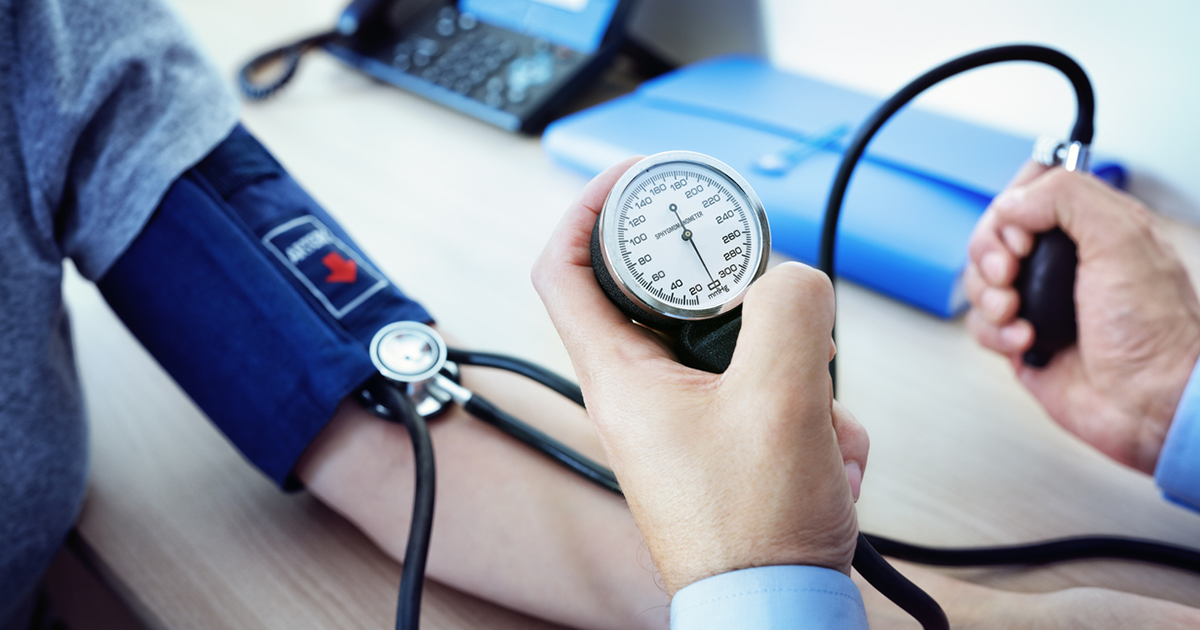Forxiga is a tablet medication which helps to reduce blood glucose levels by helping the kidneys to remove glucose from the blood and excrete it within urine.
The drug helps to support weight loss but may raise the risk of genital thrush and urinary tract infections.
Because Forxiga is a relatively new medication, the long term effects of the drug, over several years, are as yet unknown.
About Forxiga
- Trade name: Forxiga
- Generic name: Dapagliflozin
- Drug class: SGLT2 inhibitors
- Manufacturer: AstraZeneca
How Forxiga helps in diabetes
Dapagliflozin helps lower blood glucose levels by helping the body to filter more excess glucose out of the blood.
As well as being effective in lowering blood glucose levels, by passing glucose out of the body, the accompanying calories in the excreted glucose is also passed out.
It is important, however, to ensure you maintain a healthy diet and take regular physical exercise in addition to taking Forxiga to keep your heart and the rest of your body healthy.
Mechanism of action
Dapagliflozin is in a class of drug called SGLT2 inhibitors These drugs work by targeting and helping to stop sodium-glucose transport proteins from allowing glucose that has been filtered out of the blood by the kidneys to be reabsorbed back into the blood.
The SGLT2 proteins are responsible for 90% of the glucose that is reabsorbed into the blood. By inhibiting the SGLT2 proteins, Forxiga allows a significant amount of glucose in the blood to be removed by the kidneys and excreted in the urine.
Who is Forxiga suitable for?
Forxiga is used to treat:
- Type 2 diabetes in adults and children aged 10 years and older, if type 2 diabetes cannot be controlled with diet and exercise. Forxiga can be used on its own or together with other medicines to treat diabetes. It is important to continue to follow the advice on diet and exercise given to you by your doctor, pharmacist or nurse.
- Heart failure in adults (aged 18 years and older) when the heart does not pump blood as well as it should.
- Chronic kidney disease in adults with reduced kidney function.
Who should not take dapagliflozin?
Dapagliflozin is not suitable for people who:
- Have type 1 diabetes
- Are pregnant or breastfeeding
- Type 2 diabetes with moderate to severe kidney disease
- Are galactose intolerant
- Have low salt levels in their body
How and when to take Forxiga
Forxiga is taken in tablet form at doses of 10mg. Take with water once a day either with or without food.
Try to take Forxiga at around the same time each day and do not take more than one dose within a 12 hour period. If you miss a dose and your next dose is within 12 hours, wait until the next dose to resume the treatment.
Storage
Dapagliflozin tablets should always be kept in the original container and stored at room temperature. You must also make sure the medicine is kept out of the sight and reach of children.
Side effects
Side effects of Forxiga may include:
- Hypoglycemia – if taken with sulphonylureas or insulin
- Thrush
- Urinary tract infections
- Increased need to visit the toilet (polyuria)
- Changes in levels of blood fats
- Lowering of blood pressure
- Nightmares
- Seizures
- Shakiness
- Slurred speech
- Swelling of the face, fingers, or lower legs
- Thick, white vaginal discharge with mild or no odor
- Trouble breathing
- Unusual tiredness or weakness
- Vomiting
- Weight gain
Please note the list above is not exhaustive. Refer to the patient information leaflet in the medication for a full list of side effects.
What to do if you take an overdose
If you take an overdose of Forxiga, contact your health team immediately for advice.







